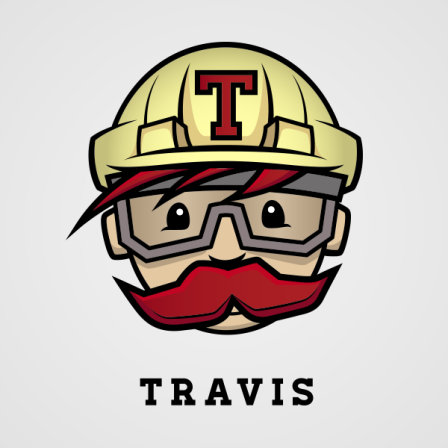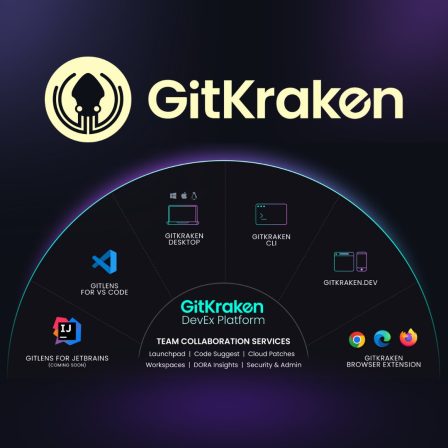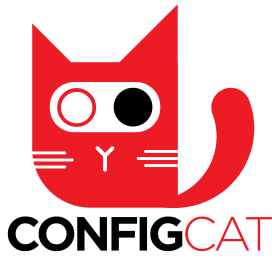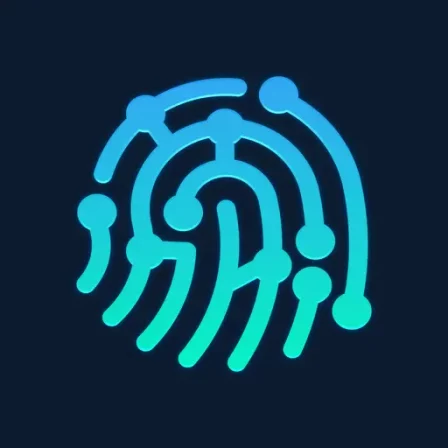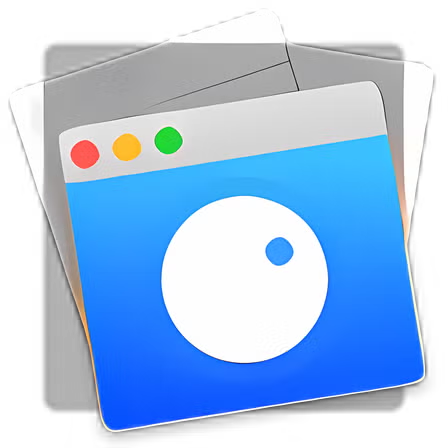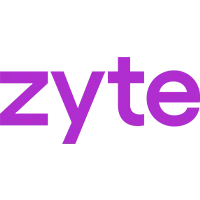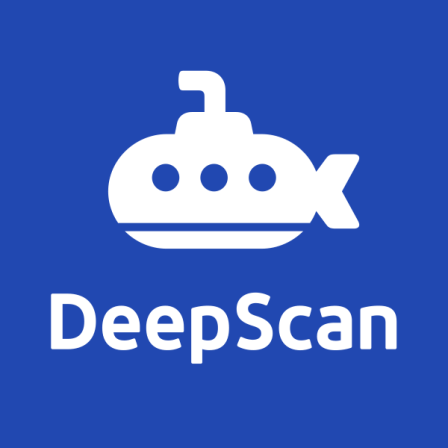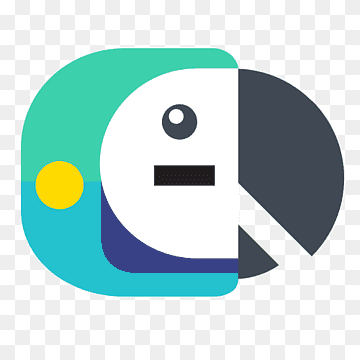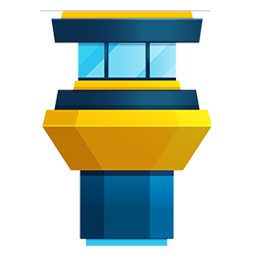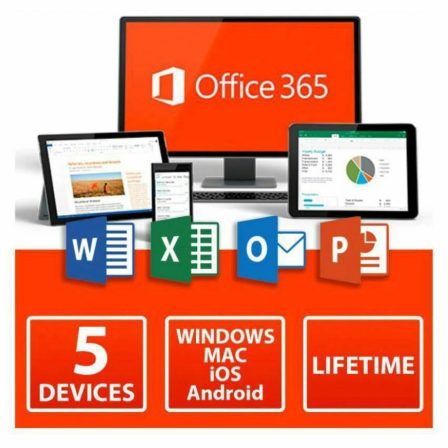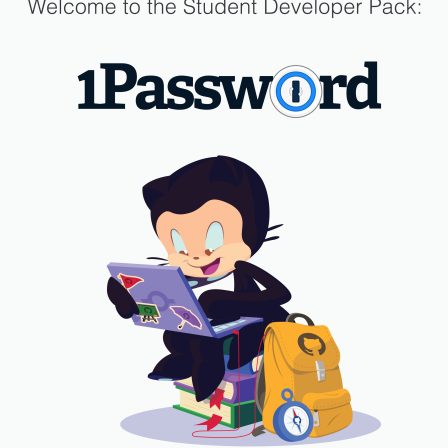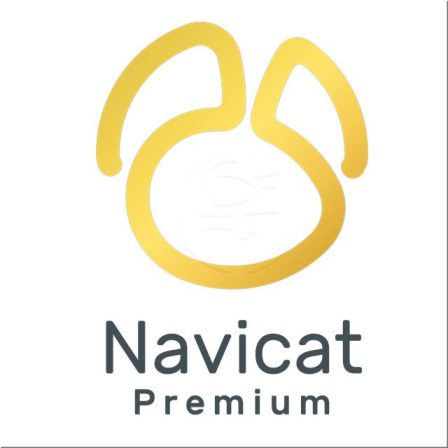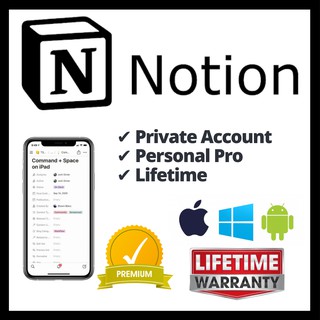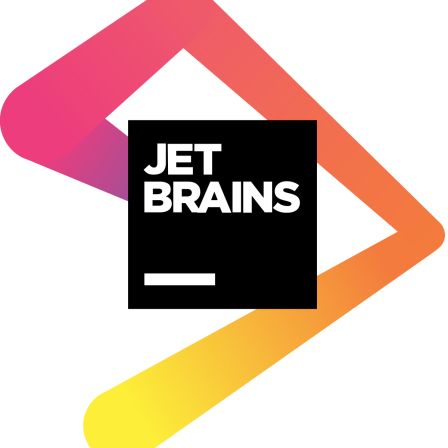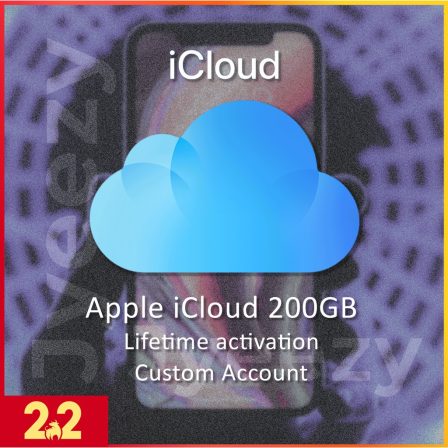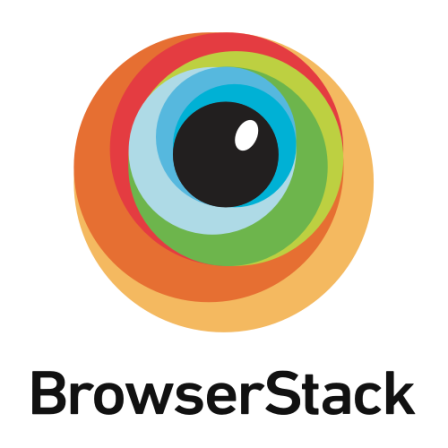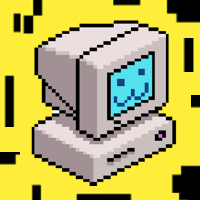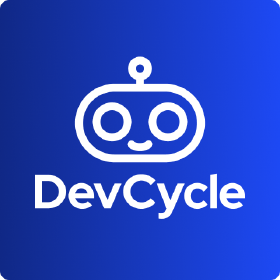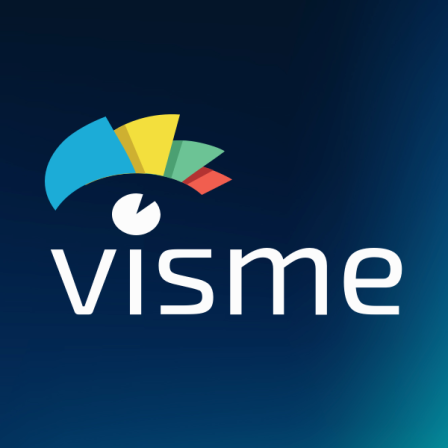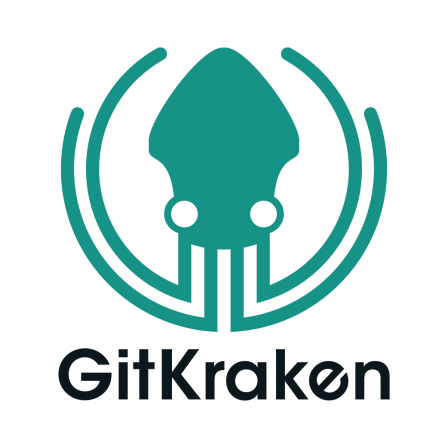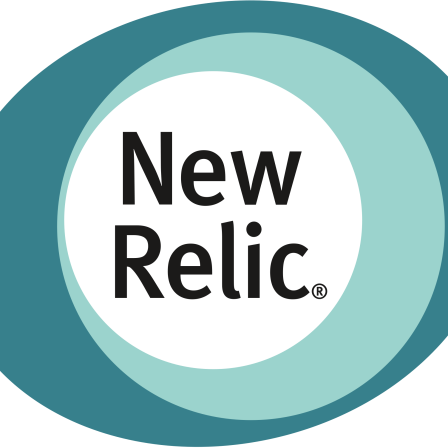There is no item in your cart
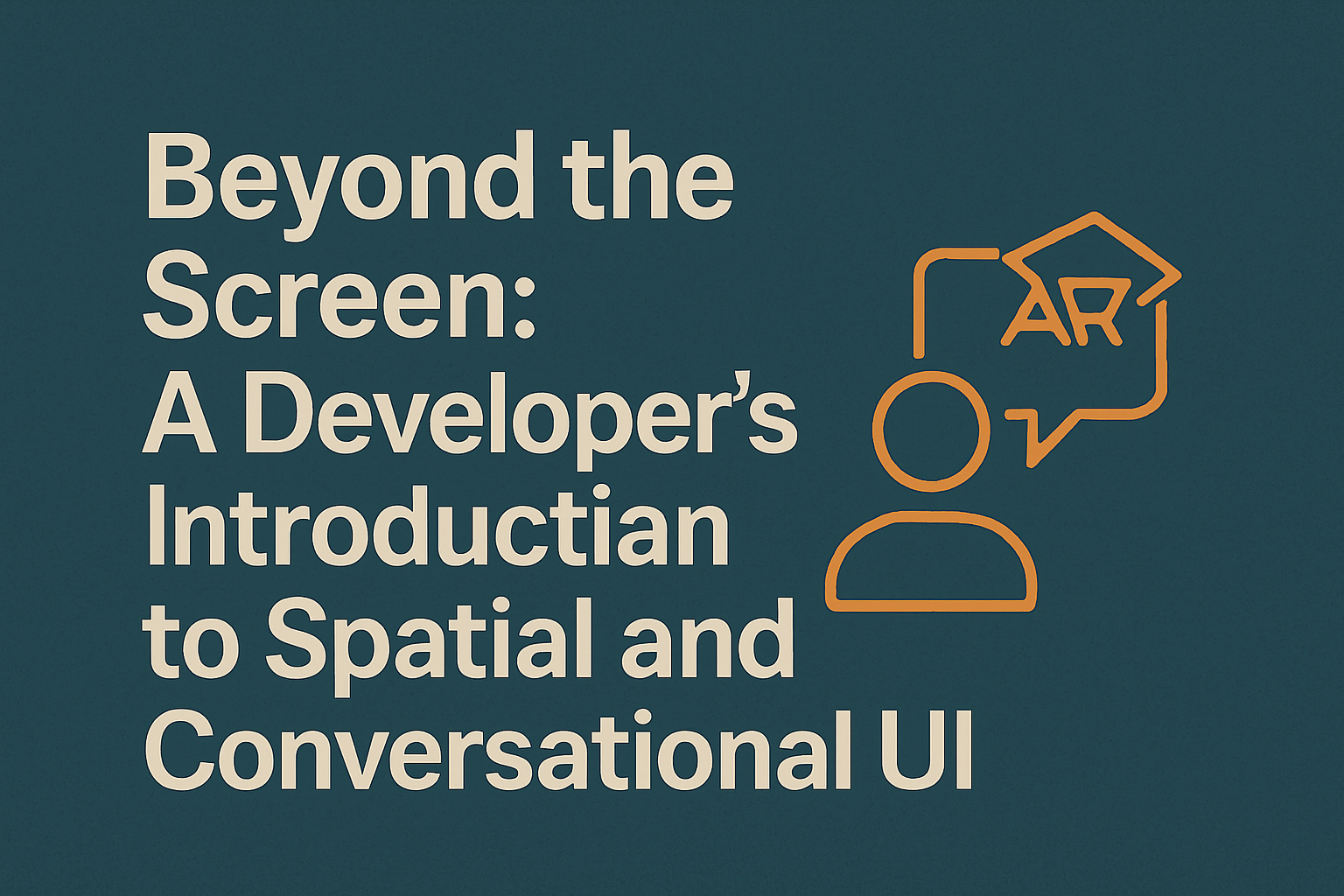
Beyond the Screen: A Developer’s Introduction to Spatial and Conversational UI
For forty years, our digital world has been trapped behind flat glass screens. We click, we tap, we type. This paradigm, the Graphical User Interface (GUI), has served us well, but its dominance is beginning to fracture. Welcome to the next era of computing: a world of Spatial and Conversational Interfaces.
With the maturation of high-fidelity mixed reality headsets (like Apple’s Vision Pro and Meta’s Quest series) and the explosion of powerful, conversational AI, the very definition of an “app” is changing. This isn’t science fiction anymore. It’s the next major platform shift, and the developers who start learning its principles today will be the ones who build the future.
Part 1: Spatial Computing – The World is Your Canvas
Spatial computing moves digital content from the confines of a 2D screen into the user’s physical space. For developers, this requires a fundamental mindset shift.
- From Pages to Spaces: We are no longer arranging
<div>s on a flat plane. We are now placing 3D objects, panels, and experiences within a volumetric space. Z-index isn’t just a number; it’s a physical dimension. - From Clicks to Gaze & Gestures: The primary inputs are no longer a mouse click or a finger tap, but where the user is looking and how they move their hands. This requires a new understanding of user intent and ergonomics.
- Rethinking “Windows”: An application is no longer a single rectangle. It can be a collection of floating panels, a 3D model on a coffee table, or a fully immersive environment that takes over the room.
Part 2: Conversational UI – The Interface is a Dialogue
At the same time, AI is enabling us to move beyond buttons and forms. A Conversational User Interface (CUI) allows users to interact with software through natural language, either by voice or text.
- From Buttons to Intents: Instead of creating a button for every possible action, your job is to build a system that understands the user’s intent. A user doesn’t want to click “Flights” -> “One Way” -> “Tokyo”; they just want to say, “Book me a flight to Tokyo.”
- APIs are the New UI: Your primary role becomes creating incredibly robust and well-documented APIs that a central AI assistant (like a future, supercharged Siri) can interact with to fulfill user requests.
- Personality & State: A good conversational UI needs a personality and must flawlessly maintain the context of the conversation, remembering previous interactions to provide a natural experience.
The Convergence: Where It Gets Really Interesting
The true future unfolds when these two trends merge. Imagine looking at your smart lamp and saying, “Dim the lights and play my evening focus playlist.” This requires:
- Spatial Awareness: The system knows which lamp you are looking at.
- Conversational Understanding: It parses your command into distinct intents (control lights, play music).
- API Orchestration: It calls the Philips Hue API to dim the light and the [Spotify] API to play your playlist.
Conclusion
While this new world is still emerging, the foundational shift has already begun. The “point-and-click” era is giving way to an era of “look, gesture, and speak.” The developers who start learning the principles of 3D design, conversational flow, and API-first architecture today will be the ones who build the “killer apps” of tomorrow.
Building the future requires the best tools of today. Whether you’re creating the powerful backend APIs for these new experiences on [Heroku], managing your project’s vision in [Notion], or learning cutting-edge skills on [Frontend Masters], SMONE provides the foundational toolkit for the developers of tomorrow. Explore our collection and start building for the next dimension.
